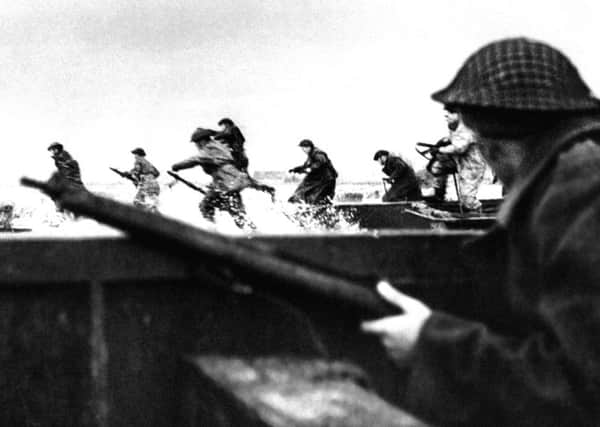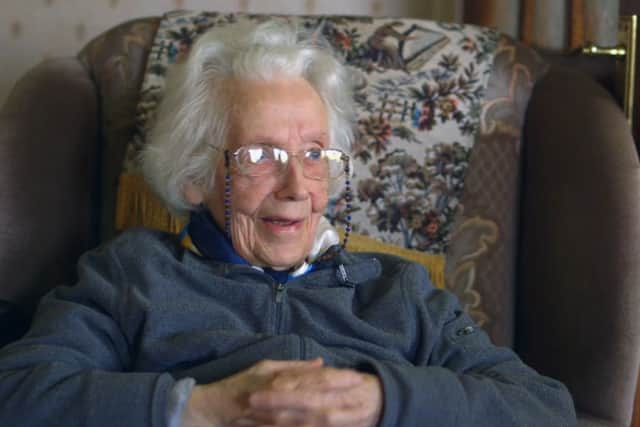Irish weather woman who helped avert a D-Day disaster


Completely unaware of the significance of her work, 21-year-old Maureen Sweeney was compiling weather data in June 1944 as the Allied high command planned the D-Day landings.
Based on the latest metrological instruments available, Maureen’s readings accurately predicted a lull in the prevailing storms that would allow for the massive deployment of troops, ships and aircraft.
Advertisement
Hide AdAdvertisement
Hide AdHer information threw the plans of General Dwight Eisenhower into chaos and forced him to mediate between opposing UK and US weather forecasters. Eventually, however, it was down to Eisenhower whether arguably the Allies’ most important decision of the war would be based on the Mayo weather data.


Although the Republic of Ireland was neutral during World War Two, the weather data from Blacksod Point was routinely passed to the Allies.
Maureen’s data reported a dramatic drop in air pressure which would bring unfavourable conditions on the planned invasion date – June 5. As a result, Operation Overlord was delayed until the following day and, as hoped, changed the course of history.
In a documentary being screened on RTE on Thursday, Maureen, who now lives in a retirement home in Co Mayo, recalls her time at the Blacksod weather station.
Advertisement
Hide AdAdvertisement
Hide Ad“I answered an ad for a post office assistant and there wasn’t a mention about weather. I always loved the sea and the strand and when I saw them I said I’d give this a try.”
Commenting on her first experiences of life compiling weather observations at the lighthouse, she said: “There was no learning in that, you learned on the job. I used to be afraid that the Germans would come over us at night.”
Writing in today’s News Letter, retired Irish Defence Forces lieutenant colonel Dan Harvey explains the full significance of the D-Day landings.
He also said that the German’s misreading of the weather situation saved many Allied lives.
Advertisement
Hide AdAdvertisement
Hide Ad“The spell of unseasonable and continuing bad weather was the worst seen in June along the northern French coastline in over 20 years,” Mr Harvey said.
“Rommel felt confident that the allied invasion was unlikely to occur over the coming days.”
‘Storm Front in Mayo – The Story of the D-Day Forecast’ is on RTE One on Thursday at 10.15pm.